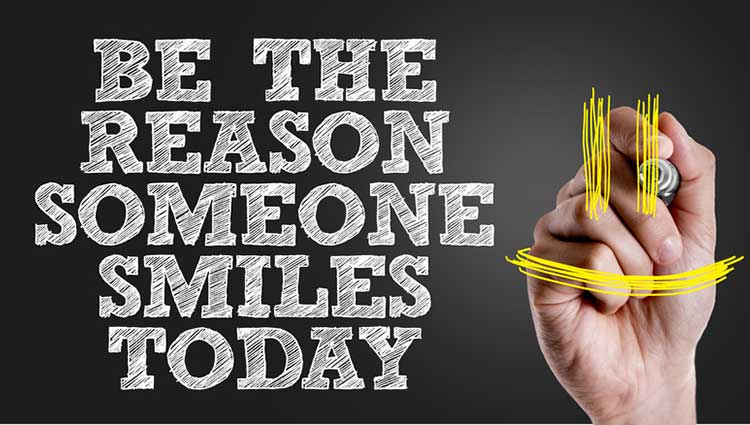
If you can’t answer that one question, you’re fighting an uphill battle.
The details of how a donor gives are irrelevant. It’s why they give that matters.
This is the reason blended giving is becoming the way of the future. Once you know why people give, you can help them figure out what tool(s) are best suited to accomplish their goals.
It’s simple: You pay attention when they’re talking. You listen. You ask questions. You send out donor surveys—and actually pay attention to the data. You form relationships. And you use common sense.
See if you can identify the donor-centric copy:
“This year, we delivered life-saving medicine and medical care to 1,000 at-risk children.”
“This year, you helped save the lives of more than 1,000 at-risk children, because your generous donations were used to supply medicine and provide medical care.”
Sentence B focuses on why the donors really care: By making a donation, they were able to help change the world.
Donor-centric fundraising is about focusing on that why. It’s about creating a collaborative fundraising atmosphere, and recognizing the donor’s role in continuing your nonprofit’s mission. It’s about transparency, gratitude, and trust. And studies show it leads not just to bigger gifts, but to more repeat gifts.
When the why is more important than the how, everyone wins. Donors feel good. Donations go up. Deep relationships are formed. And before long, being donor-centric becomes second nature.

Making Estate Planning Accessible, Simple, Personal, Secure and FREE!
Bequests are up, cash is down. Empower your donors to plan their will and invest their legacy in the cause they support the most.
Stay informed with timely news. You can unsubscribe at any time.
Success List